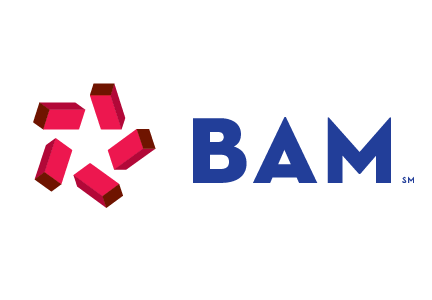Sales of municipal bonds for “green” purposes set a new record in 2021, with more than $20 billion raised for projects like solar panel installations, energy efficiency upgrades, and improved water and sewer systems.
Should your city be next?

The International Capital Market Association’s “Green Bond Principles” (GBP) are a good starting point for determining if your city’s capital plans may qualify. Green Bonds can be sold to finance projects in one of 14 categories, including several that are relevant to cities:
- Sustainable Water and Wastewater Management
- Renewable Energy
- Energy Efficiency
- Green Buildings
- Climate Change Adaptation
Note that if your city’s capital plans include a mix of both qualifying and non-qualifying projects, you might still be able to sell green bonds by separating the money raised for the green projects into a discrete “series” of bonds. That’s the approach the City of Boston took in December 2020, when it sold $32 million of Green Bonds on the same day it raised $240 million for other projects. The Green Bonds were more popular with investors and carried a lower interest rate than the rest of the issue, saving the city money.
Beyond the use of proceeds, the GBP require that cities selling green bonds be able to:
- Demonstrate how they incorporated environmental goals into their capital planning (and “project selection”) process,
- Show that they have controls in place to make sure bond proceeds are spent as intended (existing policies and state-law restrictions can often satisfy this requirement), and
- Provide post-issuance reporting to the market once the financing’s goal is achieved – letting investors know when the proceeds are fully spent and the qualifying project is completed.
Given that many cities’ existing capital plans and bond structures qualify to be labelled as Green Bonds without additional expense, arguably the toughest question to answer is: Will it save my city money?
The answer remains a matter of debate: In cases where comparable green and traditional bonds were sold side by side, underwriters frequently report receiving more bids for the green bonds. In the Boston example discussed above, that translated to a lower cost to borrow, but it doesn’t always.
But demand appears to be increasing, which could lead to more consistent savings in the future: In early April, Nuveen, one of the largest mutual fund managers of municipal bonds, announced it would launch the market’s second ESG-focused exchange-traded fund.
For city leaders, engaging in the conversation is an important first step: Knowing what Green Bonds are – and their limits – can help encourage communication across the multiple departments involved in assembling and financing capital plans, and reaching an educated decision about whether Green Bonds make sense for your community.
Work with Build America Mutual
Build America Mutual works with municipal bond issuers or member-issuers to maximize the safety and stability of investing in U.S. municipal bonds and affordably financing essential infrastructure like schools, water and sewer utilities, public buildings, roads, and more. That’s why Build America Mutual (BAM) is NLC’s preferred provider of financial guaranty insurance.

About the Authors:
Michael Stanton is BAM’s Head of Corporate Strategy and Communications.

Laura Levenstein is the Chief Risk Officer for Build America Mutual.











